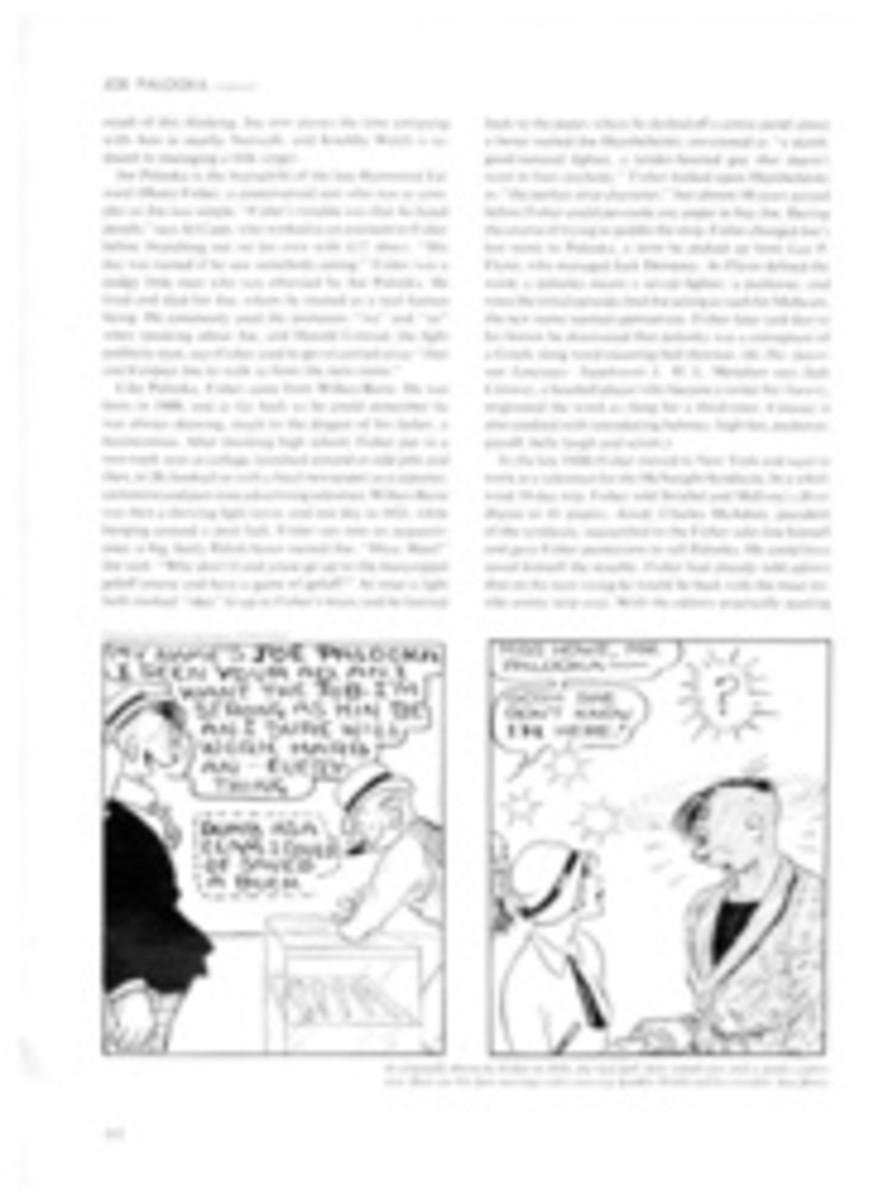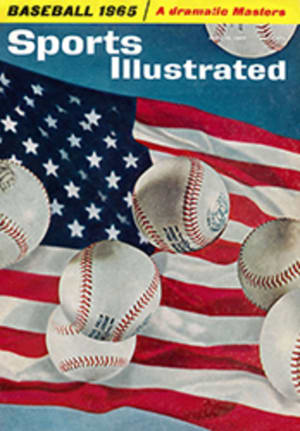
An animal-loving Englishman makes an indignant indictment of blood sports
If there is much about hunting and shooting in these pages," writes British Social Historian E. S. Turner in All Heaven in a Rage (St. Martin's Press, $4.95), "it is because this is the ground on which people are always spoiling for a fight.... The basic question, in hunting and shooting, is: 'Should killing for amusement be left to the individual conscience?' Or is it one of those forms of self-expression, like rape and the seduction of minors, which call for legislative restraint?"
Turner answers these questions, to his own satisfaction at least, by meticulously tracing the "atrocities" of "blood and circus" sports and animal slaughter over the past 2,000 years, mostly in England. Often witty and always caustic, Turner vividly details the insensate baiting of tethered animals, wild and domestic, and makes it abundantly clear that he considers all forms of shooting (at game birds) and hunting (of game animals) just as uncivilized. But sensitive hunters who read this fascinating and often appalling history of man's treatment of animals and birds may come away convinced that if man must kill for sport, he should try to do so in the most humane manner possible, or at least with a greater respect for his quarry than the "sportsmen" that Turner rebels against.
Turner's appropriate title is taken from William Blake's famous couplet: "A robin redbreast in a cage/Puts all heaven in a rage," and Turner immediately sets out to enrage animal lovers by recounting the savageries of the Roman amphitheater. "Under the emperors, as the legions brought back not only lions by the thousand but rhinos, hippos, bears, bulls, stags, crocodiles and snakes, the mob yawned at the tedious variety of Nature and could hardly wait to sec the hard-won menageries destroyed."
The British of a later era were not much more civilized. In 1591 Queen Elizabeth killed deer in an enclosure with a crossbow while musicians played. "The Queen also hunted deer in the traditional manner in the forest," Turner explains, "dismounting to cut the animal's throat with her own hand. Sometimes it pleased her to show clemency, as when on a visit to Kenilworth, she allowed a captured hart to return to the forest, though not before depriving it of its ears 'for a ransom.' " Tethered bears, bulls, Hungarian oxen, wild boar and badgers were baited with snarling mastiffs. The Queen regarded baiting "a more fit national pastime than the theater."
Turner looks askance at the use of coursing hounds to run down fox and hare and gives the reader the distinct impression that he considers all such "sportsmen" as leering and lecherous as Squire Western in Tom Jones. Just as odious were the "social climbers" who coursed "dishorned" deer (Mr. Turner should be informed that deer have antlers, not horns). Turner also has it in for "shooting flying." Sportsmen who shot at game birds were succumbing to the lure of the "big bag." "Until about 1840 it had been the custom to walk up birds with dogs, then came the fashion of driving game over the guns.... A sportsman was now measured by his coolness and discipline in a 'hot corner' at a battue, almost as if he were standing in a block-house picking off murderous fuzzy-wuzzies.... The rate of slaughter was intensified first by the introduction of the breech-loader, and then by the double-barrel [shotgun]." The coolest and most disciplined all-time shooting "sportsman" was the Marquess of Ripon, who "destroyed 500,256 birds and beasts between 1867 and 1913." Comments Turner wryly: "Obviously, the art of shooting flying needed a code of behaviour, if the division between sportsman and poulterer was not to become hopelessly fogged." In mid-Victorian times, it was very In to shoot pigeons from traps at Hurlingham and bet on the results "before doting female eyes in rose gardens with Guards bands playing." Mr. Turner would be horrified to learn that openly in Mexico and furtively in several southwestern states, sportsmen kill live pigeons thrown into the air by a colombaire as lively Mexican mariachi bands play in the background.
In his introduction Turner writes: "In our attitudes to animals we are hopelessly, perversely inconsistent. There have been fox-hunters who revolted at the idea of performing animals. Game shots who litter the ground with cripples denounce deer-hunters as barbarians. Old ladies assault men who try to kill pigeons, but keep cats which destroy birds." Turner notes later that sportsmen justified certain kinds of hunting and shooting because they made physical demands on devotees. "It was possible to argue from this," he says, "that a man who stood up to his waist in icy water destroying duck was performing a nobler task than one who stood on dry land destroying partridges."
Turner is cheered that societies like the RSPCA have lobbied successfully against some aspects of vivisection, and against baiting, trap-pigeon shoots and even "ratting" with terriers. (In 1862 a superb ratter named Jacko "piled up 1,000 corpses in less than one hour 40 minutes.") But he admits ruefully that Parliament is a long way from outlawing hunting or shooting, and he thinks it shameful that "nobody has ever started a Society for the Prevention of Cruelty to Fish" and that "the Church of England Prayer Book still lacks a prayer for animals."

